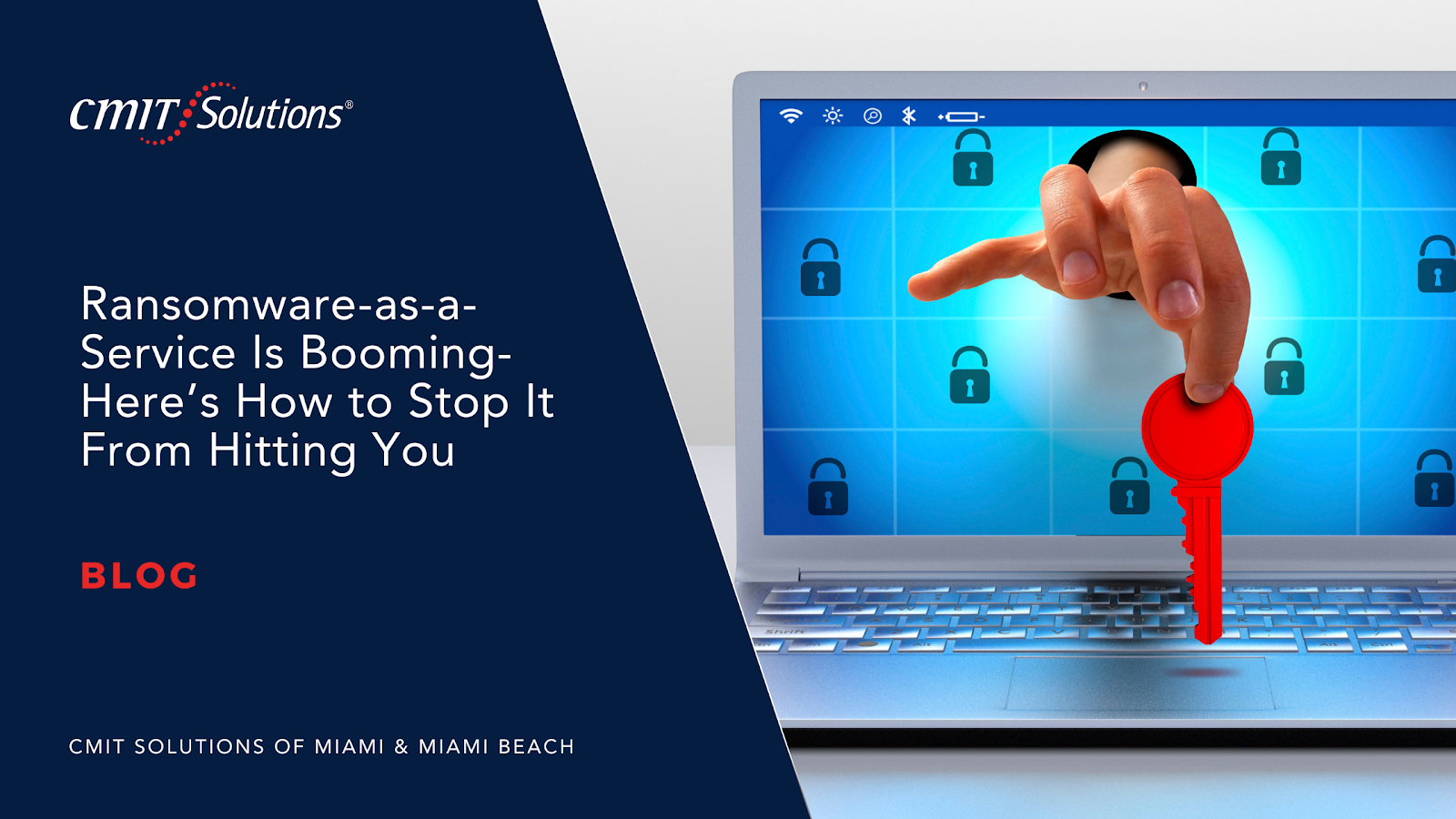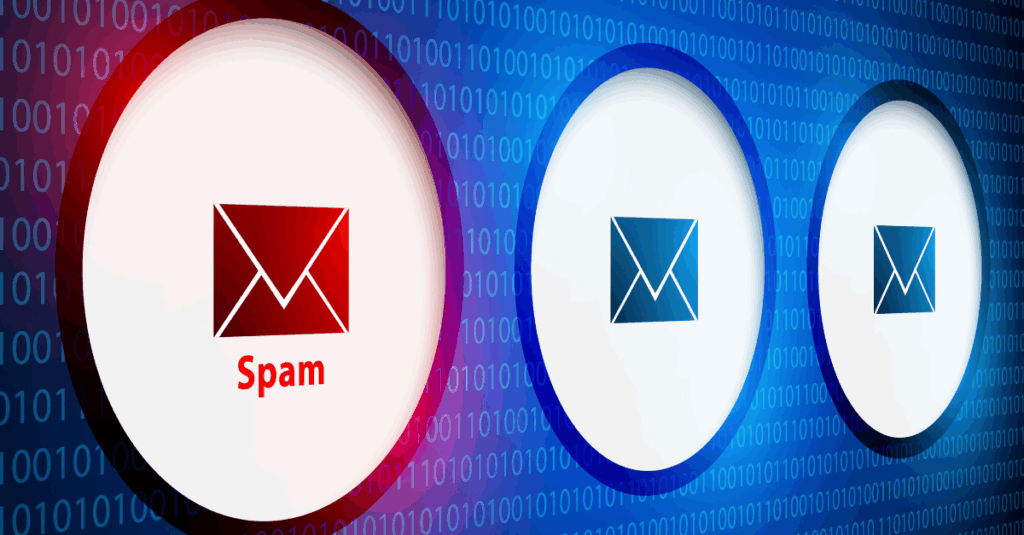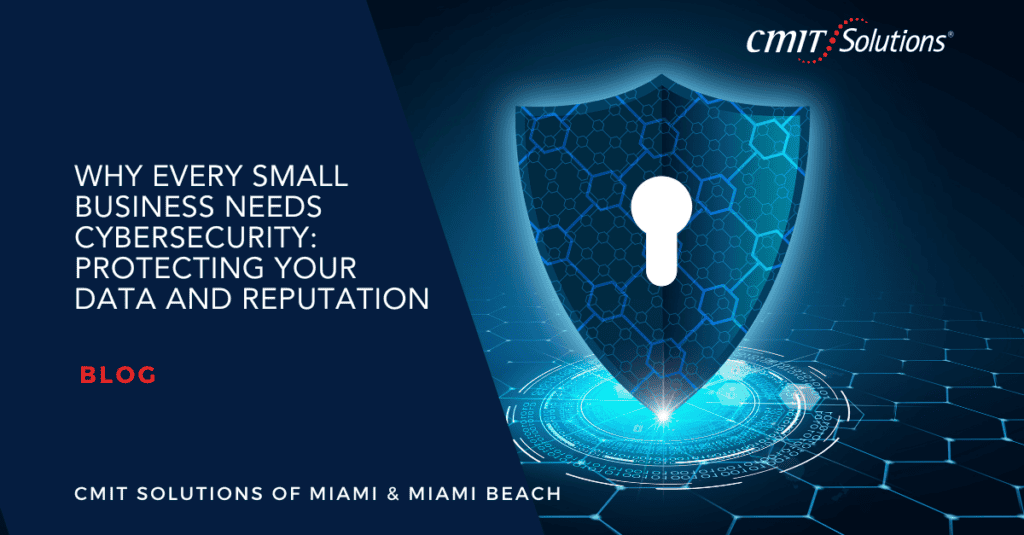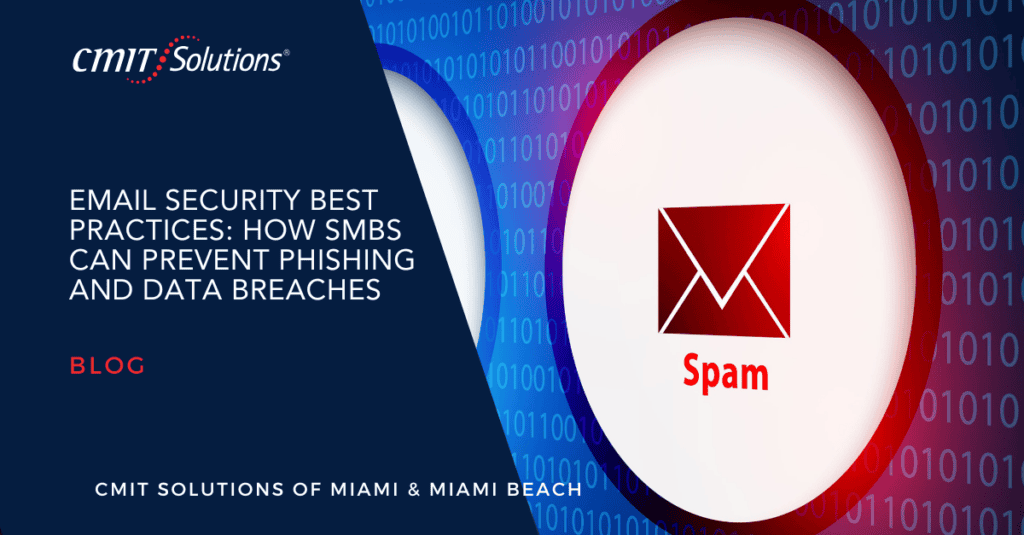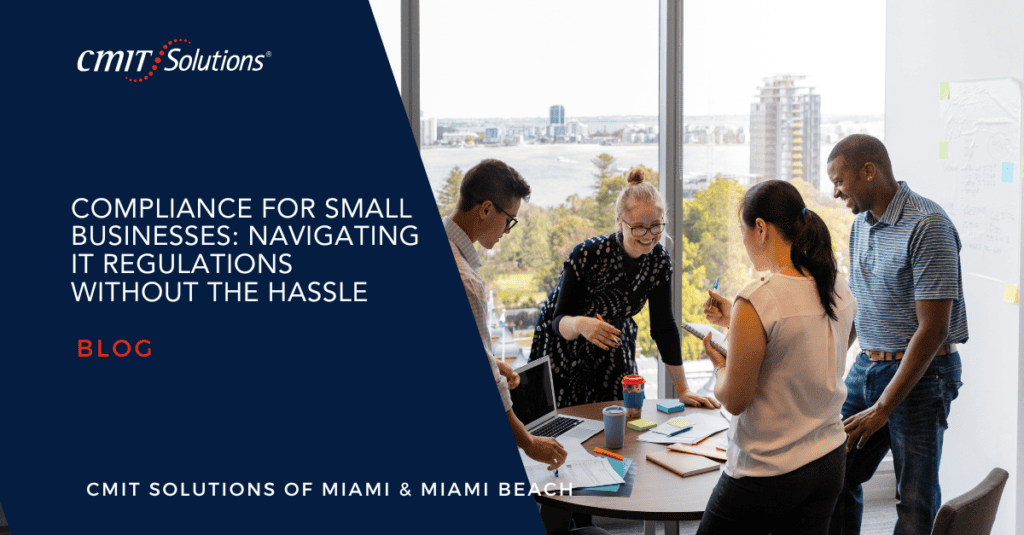Ransomware is no longer the concern of just enterprise security teams or government entities. The rise of Ransomware-as-a-Service (RaaS) has made it easier, cheaper, and more scalable than ever for cybercriminals to launch attacks. This booming underground industry has dramatically increased the threat to small and mid-sized businesses, especially in digitally growing hubs like Miami and Miami Beach. These attacks aren’t just about encrypting your files—they’re about stealing sensitive data, damaging your reputation, and shutting down your business for days or weeks.
This blog breaks down the structure of RaaS, why local businesses in South Florida are being targeted, and what you can do to build a layered, proactive defense to keep your operations safe.
What is Ransomware-as-a-Service?
Ransomware-as-a-Service (RaaS) is a subscription-based model that enables cybercriminals with little to no technical expertise to carry out sophisticated ransomware attacks. In this model, professional developers create and maintain the ransomware code while offering it to affiliates who deploy the malware. In return, the affiliates share a percentage of the ransom payments with the developers.
What distinguishes RaaS from older forms of ransomware is its commoditized approach. It mirrors legitimate software-as-a-service platforms, complete with customer support, user documentation, and dashboards for managing victims. Affiliates can choose from customizable ransomware strains, track the status of their attacks, and even negotiate ransoms using chat interfaces provided by the developers.
This business-like structure has turned ransomware into a scalable, global threat. It removes technical barriers, allowing a larger pool of attackers to target victims. For small and mid-sized businesses in Miami and Miami Beach, this means a wider range of bad actors are now capable of launching targeted attacks at a scale and frequency previously unimaginable.
The growing presence of RaaS in the cybercriminal ecosystem underscores the need for businesses to understand not just how these attacks occur, but also how the economic engine behind them works. With this knowledge, companies can better tailor their cybersecurity strategies to address the real risks posed by modern ransomware.
How RaaS Became a Digital Crime Franchise
Traditional ransomware relied on small, centralized hacker teams that developed malicious code, delivered it to victims, and handled negotiations and payments. But the introduction of the Ransomware-as-a-Service model has completely changed the threat landscape. Today, highly organized cybercrime syndicates develop sophisticated ransomware platforms and then rent access to these tools to unaffiliated threat actors, who in turn use them to launch attacks.
What makes RaaS so dangerous is its scalability. Threat actors no longer need programming expertise; they simply rent tools and follow detailed instructions to target victims, often SMBs. The developers offer extensive support services, including user manuals, updates, dashboards for managing victims, and even negotiation services. It’s a franchise model, built for mass deployment and optimized for return on investment.
This shift has dramatically increased the frequency of attacks, especially against smaller businesses with limited cybersecurity resources. Industries thriving in Miami—such as real estate, tourism, healthcare, and financial services—are often overloaded with sensitive data, which makes them prime targets for these outsourced cybercriminal operations.
South Florida’s Exposure to the RaaS Boom
The growing business ecosystem in Miami and Miami Beach is marked by fast-paced development and innovation. Unfortunately, this also means many companies grow faster than their cybersecurity infrastructure can keep up with. SMBs often implement digital tools and cloud-based platforms to scale quickly, but without the IT oversight necessary to secure those deployments.
This growth-first mindset creates an environment ripe for exploitation. Businesses relying on reactive IT support are especially vulnerable. Without real-time monitoring, automated patching, and layered defenses, even the most well-meaning IT teams struggle to keep pace with modern threats. Many local businesses don’t recognize the telltale signs of cybersecurity gaps until it’s too late.
Our blog on transitioning from break-fix IT explains how a proactive approach to IT management helps businesses stay secure and compliant. With Miami’s global connectivity, linguistic diversity, and fast data exchange, attackers see SMBs as easy marks.
Email: The Most Common Gateway
Business email remains the most popular delivery method for ransomware attacks. Whether through phishing links, malicious attachments, or credential harvesting, email-based attacks have become increasingly sophisticated thanks to the integration of AI and automation. These emails are now able to bypass traditional filters, mimic legitimate communications, and lure employees into compromising their systems.
Miami-based companies often operate across multiple languages and cultural contexts, making phishing detection even more complex. This environment gives threat actors an edge. Organizations need multi-layered defenses starting with technical tools like SPF, DKIM, and DMARC protocols. However, tools alone aren’t enough.
A strong email security posture also includes mandatory MFA, behavior-based filtering, and company-wide phishing simulation programs. Our article on email security best practices dives deeper into how organizations can reduce human error and improve their resilience against inbox-based threats.
Securing the Cloud from the Inside Out
Cloud adoption has been a game-changer for small businesses, offering flexibility, accessibility, and scalability. But without the right controls, cloud platforms can become a major liability. Misconfigured access controls, overexposed storage buckets, and poorly managed user credentials are common vulnerabilities that RaaS attackers look for.
Many SMBs assume their cloud provider handles all security, but this is a dangerous misconception. In reality, security is a shared responsibility. Businesses must monitor their environments, enforce strict access controls, and apply updates regularly. Tools like CASB (Cloud Access Security Brokers), Zero Trust architectures, and role-based permissions play a key role in reducing exposure.
Our insights on selecting the right cloud infrastructure provide clarity on what options best support growth while safeguarding operations. With hybrid environments becoming the norm, aligning your cloud strategy with cybersecurity protocols is more important than ever.
24/7 Protection with Managed IT and MDR
The key to fighting RaaS attacks is catching them early—before encryption starts. That’s where Managed Detection and Response (MDR) services shine. By combining advanced monitoring tools, behavior analytics, and a 24/7 Security Operations Center (SOC), MDR helps small businesses detect unusual activity across endpoints and networks.
Partnering with a managed IT provider offers tangible advantages that go beyond standard security practices. These benefits can transform how small businesses operate, respond to threats, and maintain compliance.
Key advantages of Managed IT and MDR include:
- Continuous Monitoring: Real-time threat detection that prevents malware from spreading or encrypting critical files.
- Rapid Response: Immediate action from security analysts to contain incidents before they escalate.
- Predictable Costs: Flat-rate pricing that covers security, support, and monitoring without surprise fees.
- Regulatory Alignment: Ongoing updates and audits to meet HIPAA, PCI-DSS, or other compliance requirements.
- Resource Efficiency: Offloading IT responsibilities so your team can focus on growth and customer service.
- Access to Expertise: 24/7 support and guidance from cybersecurity professionals.
CMIT Solutions of Miami & Miami Beach offers integrated MDR as part of its managed IT service packages. These services go far beyond basic antivirus software. They include real-time threat analysis, SIEM integration, and threat-hunting protocols. With early warning systems in place, businesses can prevent ransomware from spreading or triggering its payload.
For Miami companies that operate in competitive industries, uptime is essential. MDR ensures that any attempt at compromise is detected and neutralized before it leads to prolonged downtime or costly recovery processes.
Backups and Recovery Plans that Actually Work
Ransomware attacks don’t just encrypt files—they often delete backups or compromise recovery systems as well. That’s why it’s essential to use immutable backups that can’t be altered once written. These are stored in isolated environments with strict access controls, making them inaccessible to attackers even in the event of a breach.
Your backup system must also be comprehensive. It should include local, offsite, and cloud copies of critical data. Scheduled testing ensures that backups can be restored quickly without data loss. Recovery speed is crucial: the longer it takes to restore operations, the more money is lost and the more damage is done to client trust.
Our detailed blog on data backup and recovery explores what small businesses should look for in a business continuity plan. From choosing vendors to scheduling test restores, every step must be intentional and aligned with your RPO and RTO goals.
Beyond IT: Legal and Compliance Repercussions
The aftermath of a ransomware attack is rarely confined to IT. Legal obligations often include notifying affected individuals, reporting incidents to regulators, and documenting mitigation steps. In Miami and across Florida, breach notification laws are strict, and penalties for non-compliance can be severe.
Industries such as healthcare and financial services are subject to additional federal regulations like HIPAA and PCI-DSS. Failure to meet these standards not only increases the risk of fines but can also lead to loss of contracts, damaged reputations, and litigation.
Our guide to compliance management outlines how SMBs can document their defenses and maintain audit readiness. It’s not just about avoiding punishment—compliance can be a strategic advantage, signaling professionalism and trustworthiness to clients and partners alike.
The ransomware industry isn’t slowing down. With RaaS models making high-grade malware more accessible than ever, businesses in Miami and Miami Beach must adopt a layered, proactive defense strategy to remain secure. That means securing endpoints, educating employees, backing up data, and aligning with regulatory standards—all with the support of a trusted local IT partner. If your business is unsure where to start or how to level up its security approach, reach out to our team for a personalized cybersecurity consultation.

